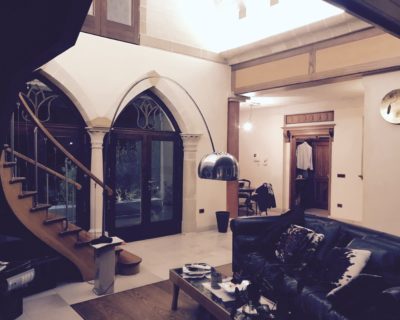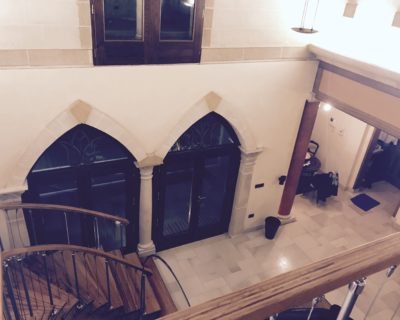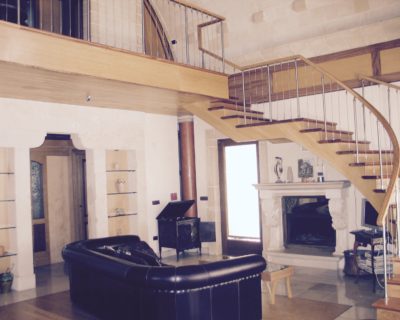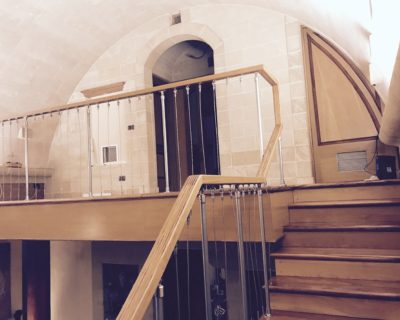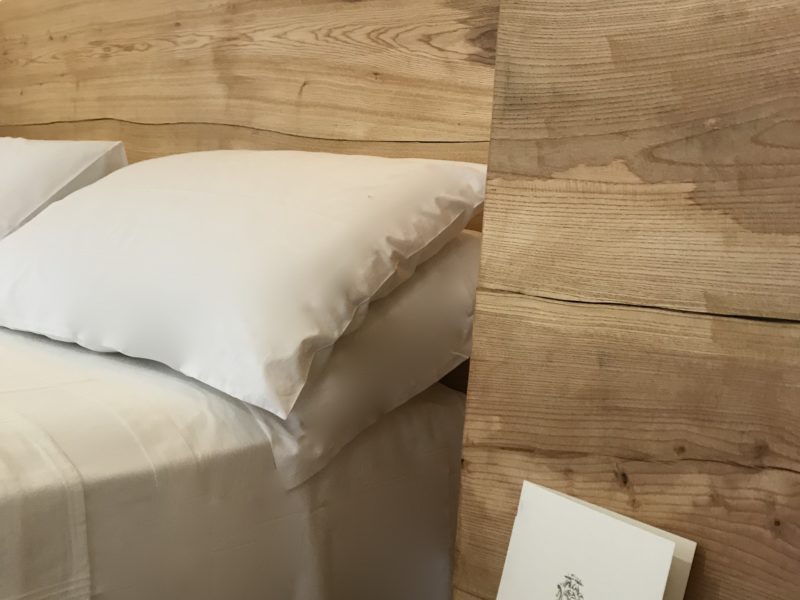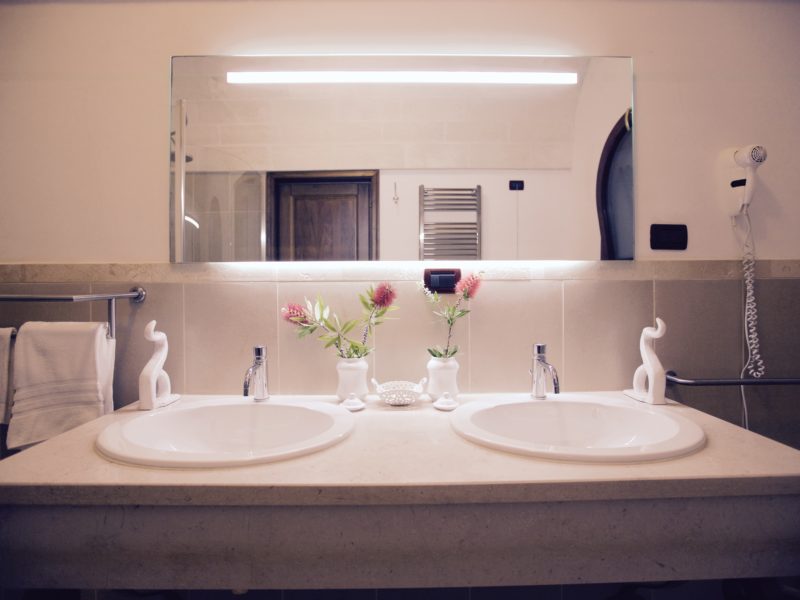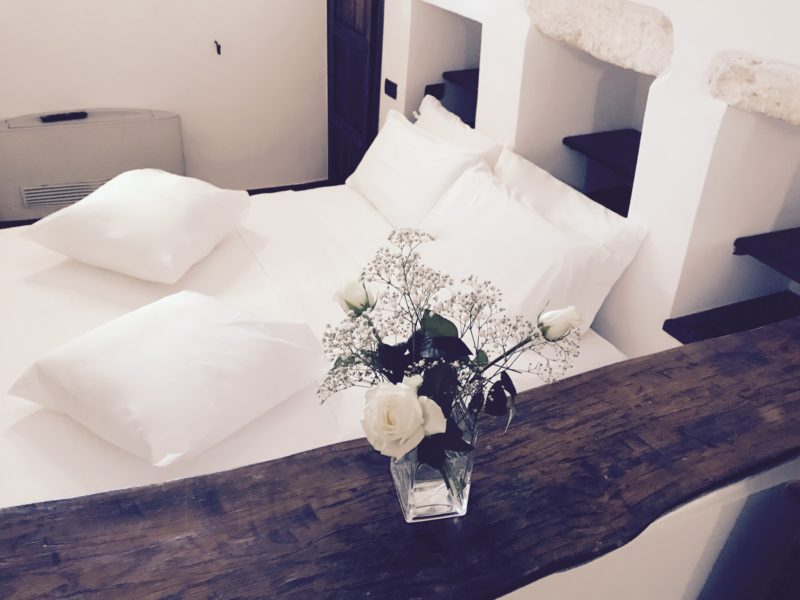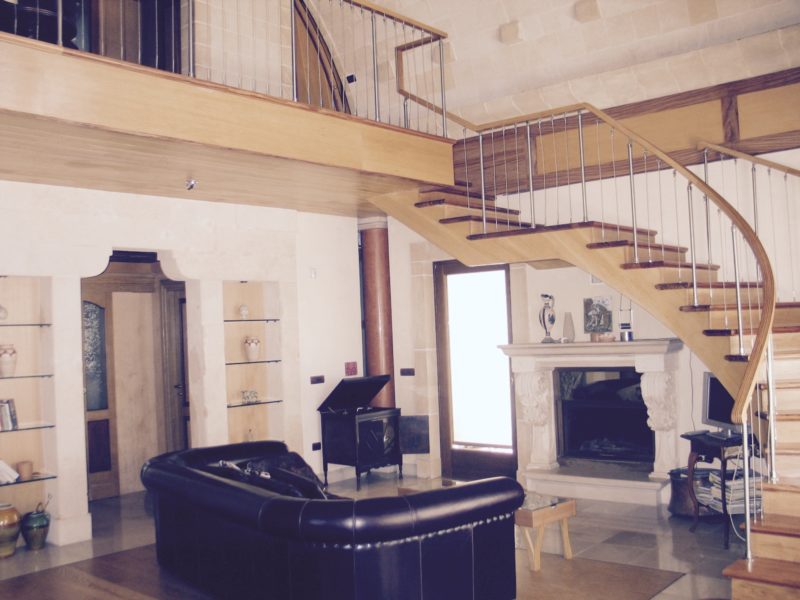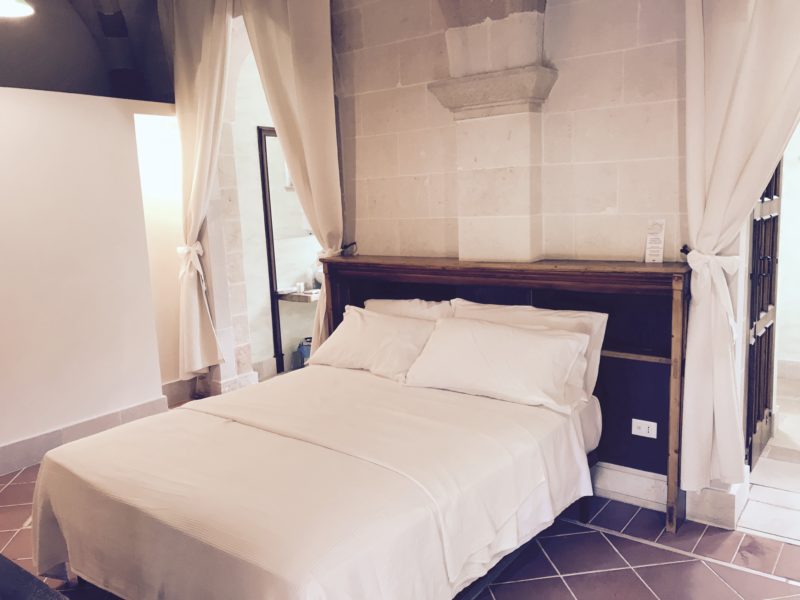
About Masseria Le Lamie
The site was originally born as a peasant residence and shelter for animals but, over the years, the production need for crops and breeding increased. This necessity led to the transformation of the building into a proper “Masseria” and its extension, for which materials obtained from the subsoil were used such as tuff, mazzera and limestone. The Masseria was composed (and is still composed today) of a central body and a system of multi-cellular buildings with typical barrel, star, pavilion, cross and pyramid roofs: the buildings are surrounded by about 10 hectares of land full of olive trees , almond trees, figs, vines, carob trees and pomegranates.
The main Masseria was built in two stages: the first body of the building dates back to 1887, while the other to 1938. The architecture has among its strengths the particular light that at certain times of the day brings out not only the lime white of the same Masseria, but also the masonry of the dry stone walls. Particular attention was paid to the lighting study, to ensure that this peculiarity was enhanced even at night, thus giving value to the architecture.
Inside the buildings, we wanted to maintain a perfect interaction with the external environment thanks to the installation of large windows which, in addition to not interrupting the visual continuity, allow the vegetation to peek inside the various environments, thus creating a perfect synergistic and symbiotic collaboration and giving a high state of well-being.
As for the wooden fixtures and furnishings, they were made from dead trees sculpted by rain and wind, while the iron grates and furnishings were made from old unused tools using recycled materials. This is because one of the management philosophy is the integral recovery of all materials no longer usable, thus giving life to forms from “dead” materials.
Currently, the Masseria represents a laboratory of ideas where those who stay here discover themselves through the manipulation of various materials, such as wood, iron, clay and stones, creating unique and unrepeatable pieces.
The Le Lamie company today is undergoing continuous eco-sustainable restoration. The renovation of the property had to be confronted with the different functions it had in different historical eras: from a warehouse for agricultural products to farmhouse accommodation, etc.
It is the story of a family of farmers who love their land and their traditions, people who, while respecting the past, have a careful and fresh look at the future.


